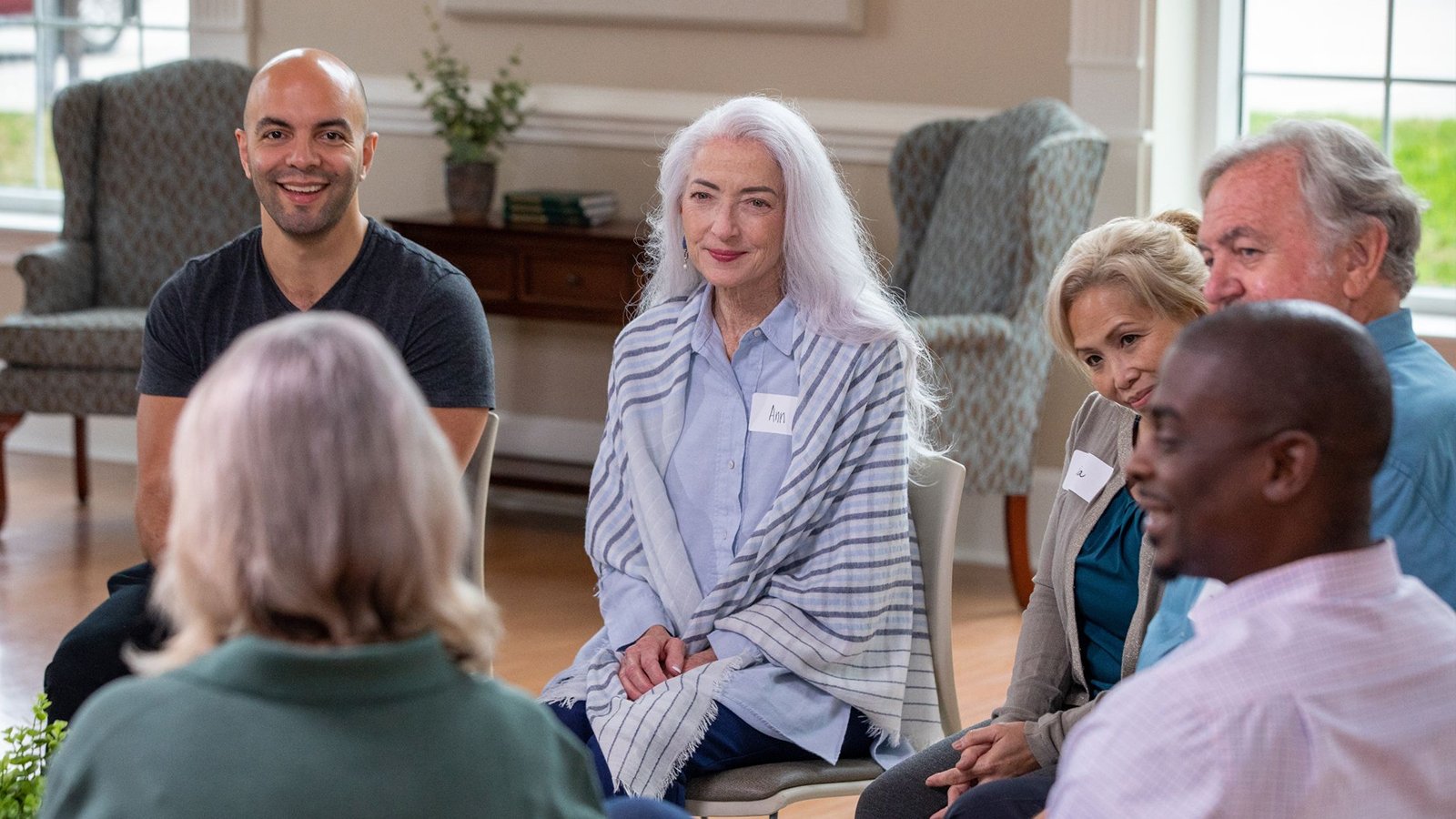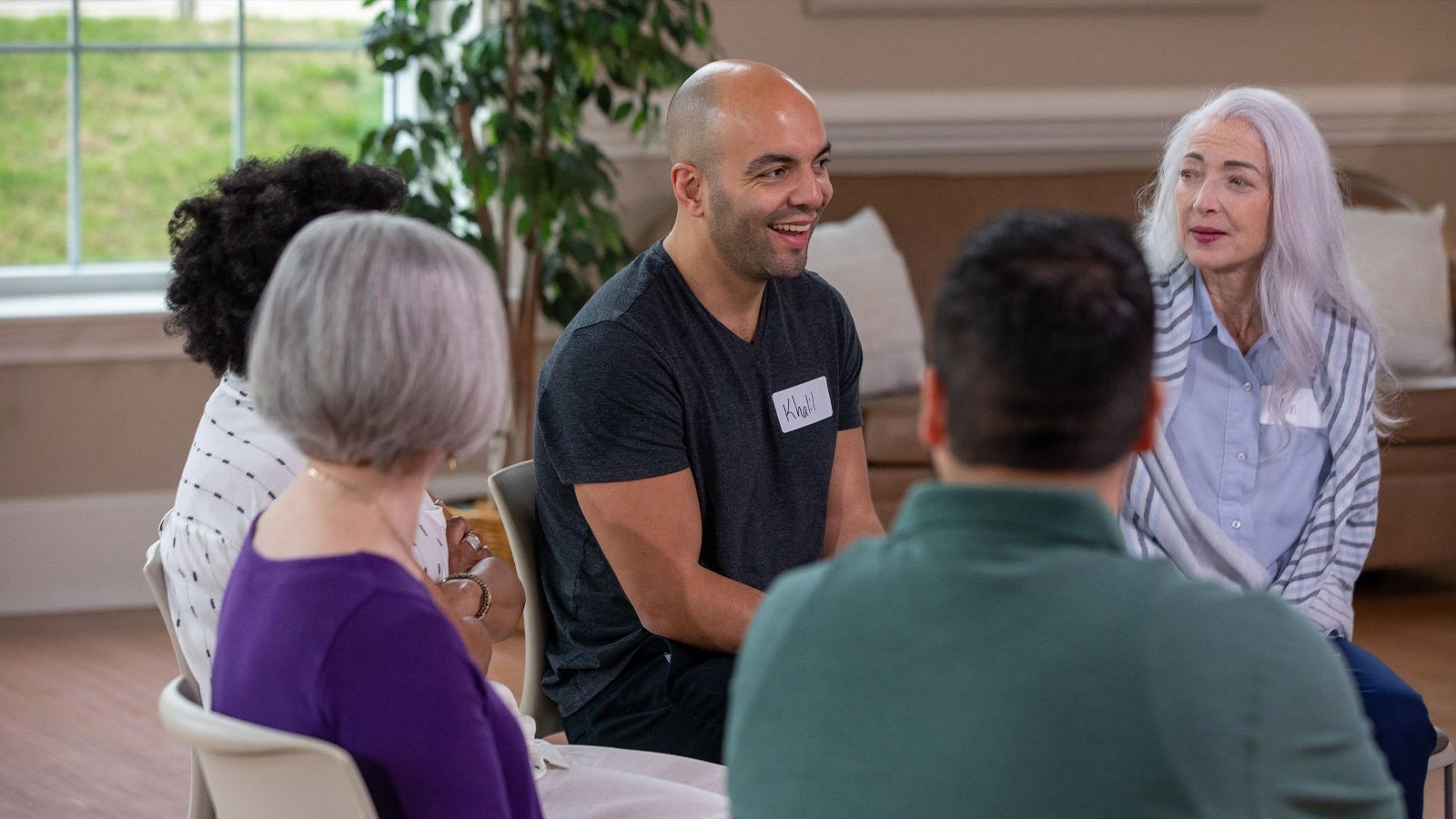Training the Next Generation

Why Amy’s Group Keeps Growing
Want your group to outlast your leadership? Train someone new—like Amy did.
Amy Bondon has led GriefShare groups for over a decade. However, her greatest joy may not be the groups she’s facilitated; it’s the leaders she has raised.
“He was a participant just a year ago,” Amy says. “Now he’s a co-leader with a gift for drawing people out.”
That’s the power of inviting others into leadership. It doesn’t just lighten your load. It builds something that can grow long after you’re gone.
A team that keeps multiplying
Amy began her GriefShare journey as a helper, then stepped into co-leadership. Over time, she recognized the value of expanding the team—not just for support, but for sustainability.
Today, she co-leads with Lisa, a seasoned live group facilitator, and Hugh, a former participant who now leads the workbook portion of their sessions with clarity and care.
“He’s phenomenal,” Amy says of Hugh. “He’s got a real skill for directing questions and bringing people into the conversation. It’s been amazing to watch him grow.”
By empowering others to lead, Amy has created a group that doesn’t depend on one person’s presence or energy. It’s a team effort—every week, every session.
Don’t let the group end with you
Many GriefShare groups quietly come to an end when a leader steps away. Life changes. Health shifts. People move. But the need for grief support never stops.
That’s why Amy is passionate about training others now—before it’s urgent.
“If you try to do it alone, burnout will get you,” she says. “And if something happens, the group may not continue. But when you raise others, you’re building a legacy of healing.”
Her encouragement to other leaders? Don’t wait until you’re tired or ready to step down. Start building your team now.
“Even if someone’s not ready to co-lead, bring them alongside you,” she says. “Let them hand out tissues. Greet people. Just be present. Those little things build confidence—and they grow into something more.”
Training starts with trust
So how do you know someone is ready to lead?
Amy doesn’t look for a polished speaker. She looks for someone with compassion, spiritual maturity, and a willingness to serve.
“We’ve trained leaders who came straight from the group,” she explains. “You can tell when someone has invested. You watch how they listen, how they support others. That’s the person you tap on the shoulder and say, ‘Would you help me next time?’”
It’s not about perfection—it’s about presence.
And for Amy, part of the training is letting others lead in their way.
“Each of us has different strengths,” she says. “I lead prayer and facilitate the group. Lisa often brings Scripture. Hugh manages the workbook discussion. It works because we trust each other and make space for one another’s gifts.”
Legacy starts now
Amy’s group meets online with people from all over the world. What makes it thrive isn’t the technology, it’s the team.
“We prepare together, we pray together, we share the load,” she says. “That’s why we’re able to keep going, even through life’s challenges.”
And it’s why she encourages other leaders to think long-term.
“Sharing God’s comfort is meant to be spread,” Amy says. “And the best way to keep sharing it is to raise new leaders who will carry it forward.”
Build a legacy of healing.
Want to learn more about training new leaders? Go to griefshare.org/start.


